[am4show have='p8;p9;p11;p38;p72;p77;p92;' guest_error='Guest error message' user_error='User error message' ]
Lesson #1: Plants & Animals
We’re going to cover quite areas of biology in this course, including zoology, biochemistry, molecular biology, ecology, botany and more. We are going to discover how to be a real biologist in the field as well as learn the big concepts in biology and how they tie into both physics and chemistry.
Lesson #2: Plants & Animals (continued)
We’re going to cover quite areas of biology in this course, including zoology, biochemistry, molecular biology, ecology, botany and more. We are going to discover how to be a real biologist in the field as well as learn the big concepts in biology and how they tie into both physics and chemistry.
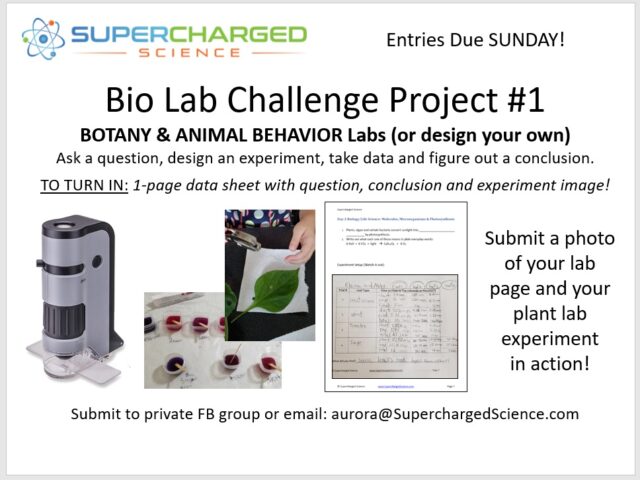
Bio Lab Challenge #1 Tip: You can do any one of the labs mentioned in the live sessions this week (Photosynthesis, Transpiration, Chromatography, or Animal Behavior), or you can design your own either from the suggested experiments (using the Experiment List) or creating your very own experiment based on what you are interested in studying. You do not need to complete ALL of these, just pick the one you are most interested in and do that one!
Lesson #3: Microscopes & Microorganisms
Uncover a whole new world of amazing organisms as we learn how to use a microscope! Microscopy is all about using microscopes to view objects and areas of objects that cannot be seen with the naked eye. Learn about magnification, optics, and compound microscope anatomy as you learn to prepare wet and dry mount specimens, perform staining techniques, and fire heat fixes. Even if you don’t own a microscope, you can still join our class, we’ll teach you how you can make several easy microscopes yourself, including a pocket microscope, live cell laser microscope and more!microscopy
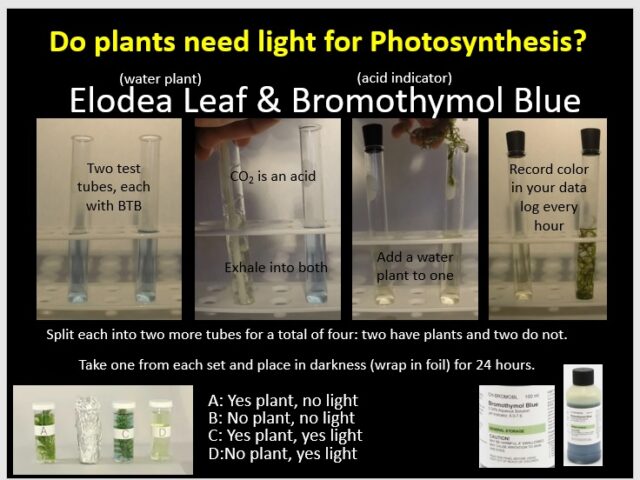
Lesson #4: Microscopes & Microorganisms (continued)
Uncover a whole new world of amazing organisms as we learn how to use a microscope! Microscopy is all about using microscopes to view objects and areas of objects that cannot be seen with the naked eye. Learn about magnification, optics, and compound microscope anatomy as you learn to prepare wet and dry mount specimens, perform staining techniques, and fire heat fixes. Even if you don’t own a microscope, you can still join our class, we’ll teach you how you can make several easy microscopes yourself, including a pocket microscope, live cell laser microscope and more!microscopy
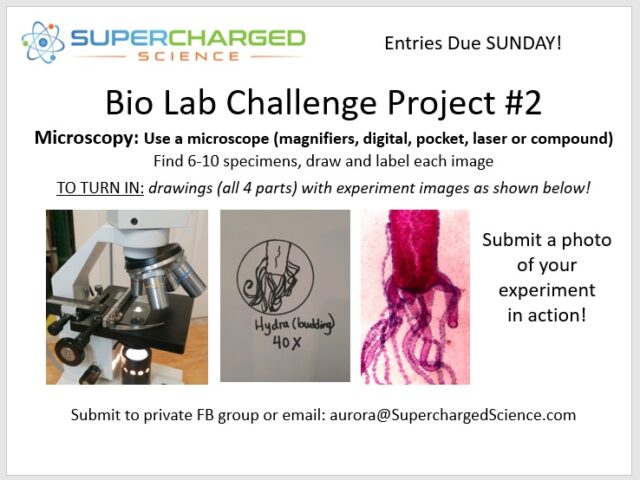
Lesson #5: Cells
Microscopes were first invented in 1590, but it wasn't until 1665 that cells were found in living things. From simple bacteria growing in your yogurt to the complex cells in your favorite pet, cells are what makes life on our planet so interesting. Even more amazing is the life going on inside the cell, which scientists are still working to understand today. Cells are the basic unit that hold the equipment needed to keep an organism alive, and we're going to do several different labs to understand the fundamentals.
Lesson #6: Cells (continued)
Microscopes were first invented in 1590, but it wasn't until 1665 that cells were found in living things. From simple bacteria growing in your yogurt to the complex cells in your favorite pet, cells are what makes life on our planet so interesting. Even more amazing is the life going on inside the cell, which scientists are still working to understand today. Cells are the basic unit that hold the equipment needed to keep an organism alive, and we're going to do several different labs to understand the fundamentals.
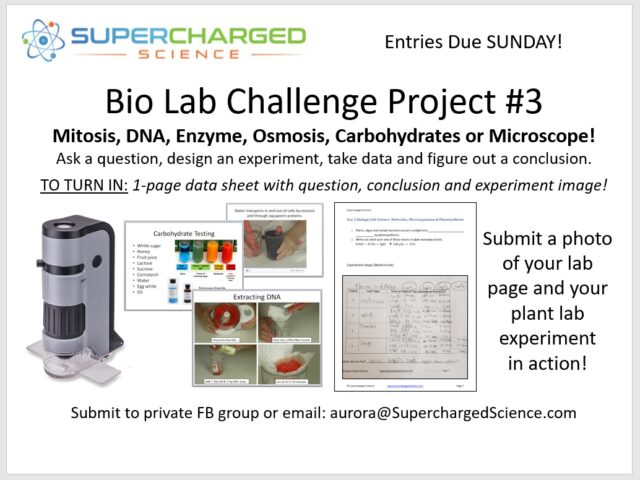
Lesson #7: Cells (continued)
Microscopes were first invented in 1590, but it wasn't until 1665 that cells were found in living things. From simple bacteria growing in your yogurt to the complex cells in your favorite pet, cells are what makes life on our planet so interesting. Even more amazing is the life going on inside the cell, which scientists are still working to understand today. Cells are the basic unit that hold the equipment needed to keep an organism alive, and we're going to do several different labs to understand the fundamentals.
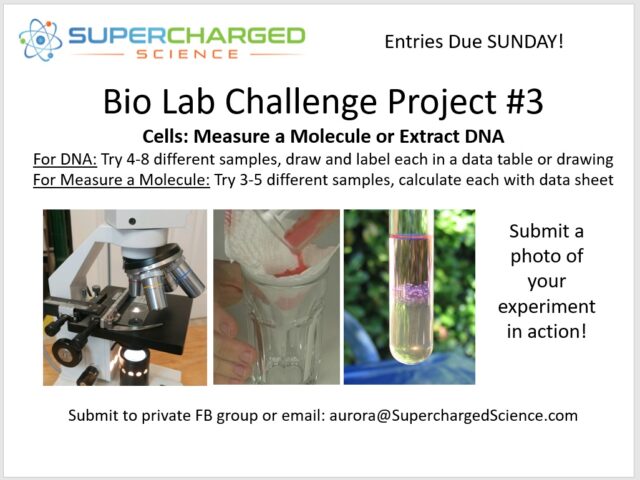
Bonus! Field Trip with a Real Microbiologist!
Join Oliver and Aurora for a special hands-on lab in plant and animal cells! If you have a compound microscope, bring it out and follow along. If not, you can still join in and use ours while we work through our class session together. This is a 2-part class!
